Enhancing CNC Machining with Wavelet Analysis for Accurate Overcut Detection
Author: SAIVS Date Published: Dec 09,2024
In the realm of CNC machining, precision and efficiency are paramount, especially in complex applications like mold manufacturing.
However, challenges such as overcutting—an abnormal cutting phenomenon where the tool end intersects with the workpiece surface—pose significant risks,
including material waste, product rejection, and economic loss. This issue is particularly pronounced in the machining of free-form surfaces,
where traditional monitoring techniques fall short. To address this, wavelet analysis emerges as a powerful tool,
offering time-frequency localization to detect and prevent overcutting in real-time.
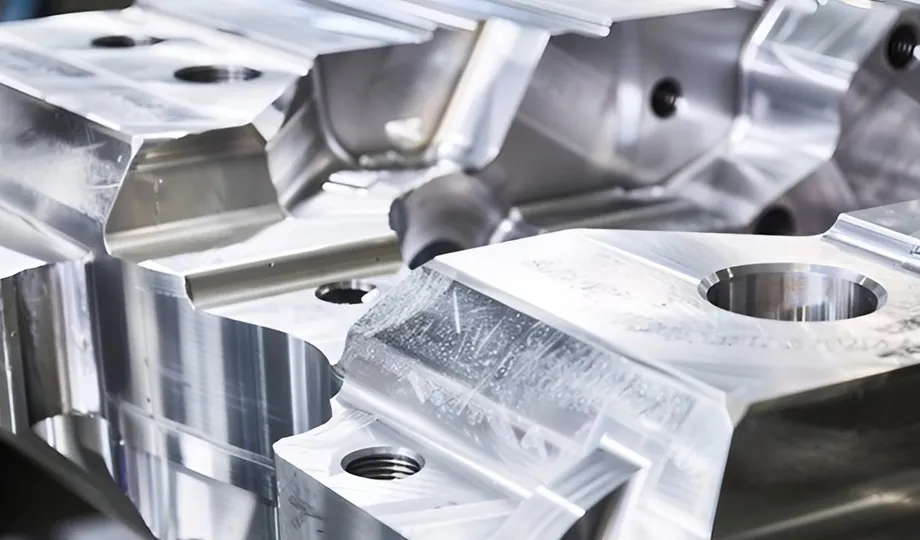
Understanding Overcut in Free-Form Surface Machining
Overcut occurs due to sudden changes in cutting force, resulting in fluctuations in the motor current. Detecting these anomalies in real-time requires advanced signal analysis. Traditional methods like acoustic emission and vibration monitoring often struggle with the complexity of free-form surface machining. The intricate geometry of molds necessitates a more refined approach to signal processing, which is where wavelet analysis excels.
What is Wavelet Analysis?
Wavelet analysis builds on Fourier analysis, offering a dynamic time-frequency window that adjusts based on the characteristics of the signal. It employs a wavelet basis function to analyze signals across different scales and frequencies. By adapting the time window for high-frequency signals and expanding it for low-frequency ones, wavelet analysis provides a "focused scan" of the signal, enabling precise localization of anomalies like overcutting.
Application of Wavelet Analysis in Overcut Detection
Wavelet analysis can process motor current signals to detect overcutting during CNC machining. Using a magnetic balance Hall current sensor, the method ensures accurate signal capture without altering motor characteristics. The sensor detects fluctuations in motor current, converting these changes into signals suitable for wavelet transformation.
By decomposing the signal into various frequency scales, wavelet analysis isolates overcut features. For instance, small-scale (high-frequency) signals may not reveal overcutting clearly, but larger scales often highlight these features distinctly. This makes it possible to set thresholds for real-time monitoring, effectively identifying and localizing overcutting events in both the time and frequency domains.
Experimental Validation
Tests conducted on TRIAC ATC vertical machining centers validated the efficacy of wavelet analysis. Conditions such as tool diameter, cutting depth, spindle speed, and feed rate were controlled to simulate overcut scenarios. Results demonstrated that while time-domain signals alone were insufficient, wavelet decomposition revealed distinct overcut features, especially on the fourth scale. This underscores the utility of wavelet analysis in detecting and preventing machining errors.
Benefits of Wavelet Analysis in CNC Machining
Enhanced Precision: Wavelet analysis provides detailed insights into signal variations, ensuring accurate detection of overcutting.
Real-Time Monitoring: By localizing anomalies in both time and frequency, the method enables immediate corrective actions.
Adaptability: The technique’s ability to analyze signals across multiple scales makes it suitable for complex free-form surface machining.
Wavelet analysis represents a transformative approach to CNC machining, addressing critical challenges like overcutting with unmatched precision. By integrating this advanced signal processing technique, manufacturers can enhance the quality and reliability of their machining processes, particularly in the production of complex molds and free-form surfaces.
Why Choose SAIVS™ as Your Supplier?
1.Superb Quality Control Management
At SAIVS, we take pride in our perfect quality management systems and procedures, which guarantees the excellent performance of all our producs, being a professional Investment Casting | Die Casting| Sand Castingmanufacturer in China.
2.Rich Production Experience
With 20 years of experience in production, SAIVS has a deep understanding of the market and trends, and strives for continuous research and innovation. This has created advantages in both the product's performance and appearance.
3.Competitive Prices
As a Chinese factory committed to becoming the most cost-effective Investment Casting | Die Casting| Sand Castingexporter in China, SAIVS provides high-quality products at advantageous prices. By lowering costs and increasing efficiency, we ensure that our customers receive the best possible value for their investment.
4.Perfect After-sales Service
At SAIVS, we strive to provide superior customer service that meets and exceeds expectations. We are always available for any questions or concerns you may have, and we stand by our commitment to providing excellent after-sales support.
Related Posts
-
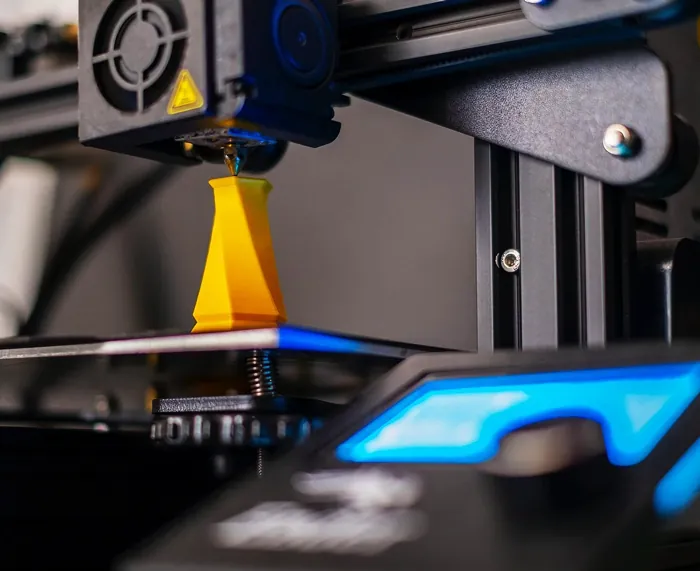
Understanding 3D Printing Technologies and Inspection Methods
This article explores seven main categories of 3D printing and the inspection methods used to guarantee the quality and reliability of printed parts.
-
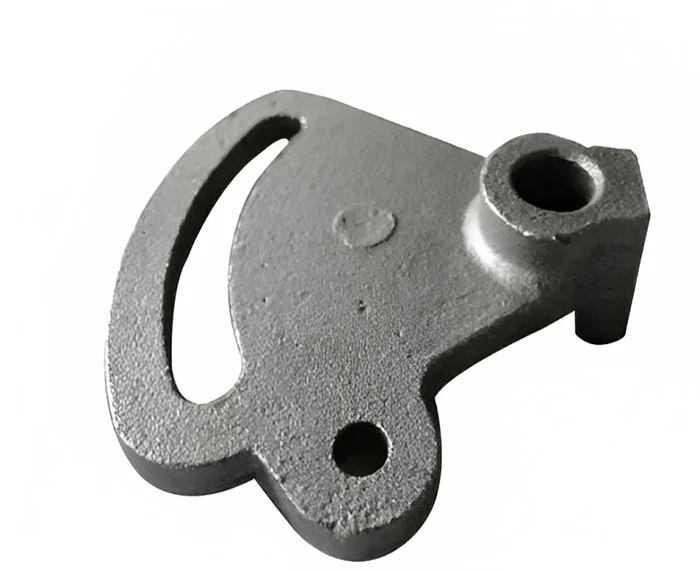
The Importance of Agricultural Machinery Parts
Agricultural machinery parts are essential components used in various types of agricultural machinery to ensure their proper functioning and efficiency. The fa...
-
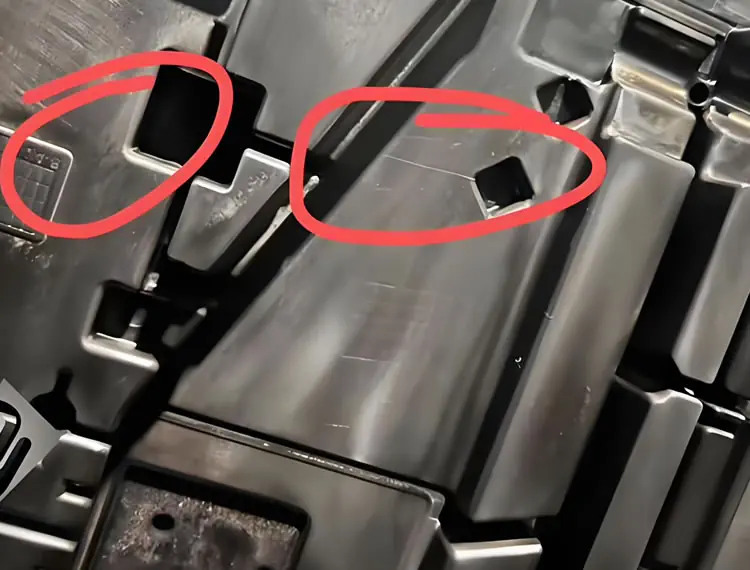
Top 3 Common Die Casting Mold Failures and Their Causes
The Common Failure Types and Causes of Die Casting ToolingDuring the operation of die casting molds, various types of damage and failure can occur, which s
-
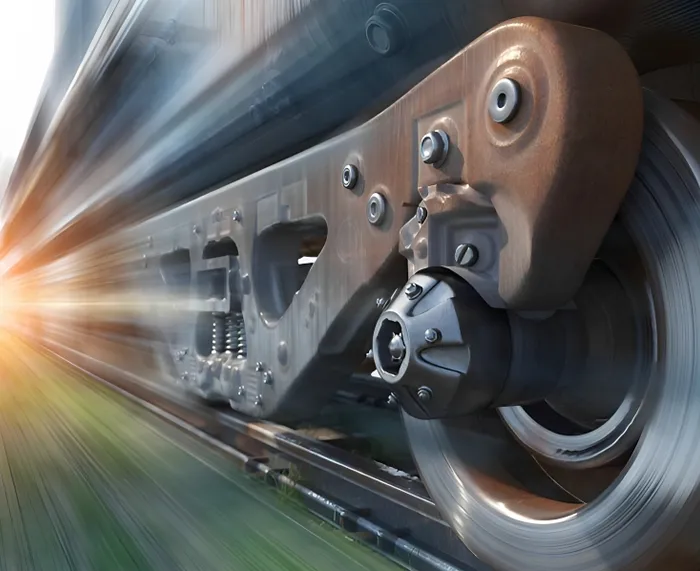
Why Investment Casting Is Cruial In The Railway Sector
The railway industry is one of the most important sectors in the world, with an extensive network of tracks and trains that transport goods and people across lo...
-
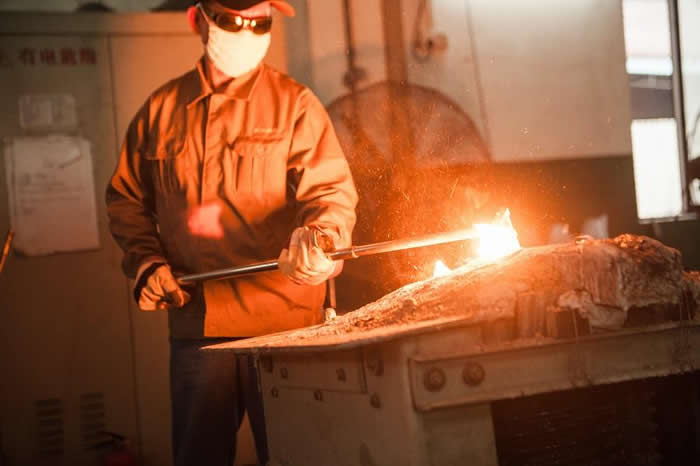
The Mechanical Property Of Stainless Steel Precisoin Casting Is Higher Than That Of Cast Iron
The mechanical property of stainless steel precision casting is higher than that of cast iron, but its casting property is worse than that of cast iron. It has ...
-
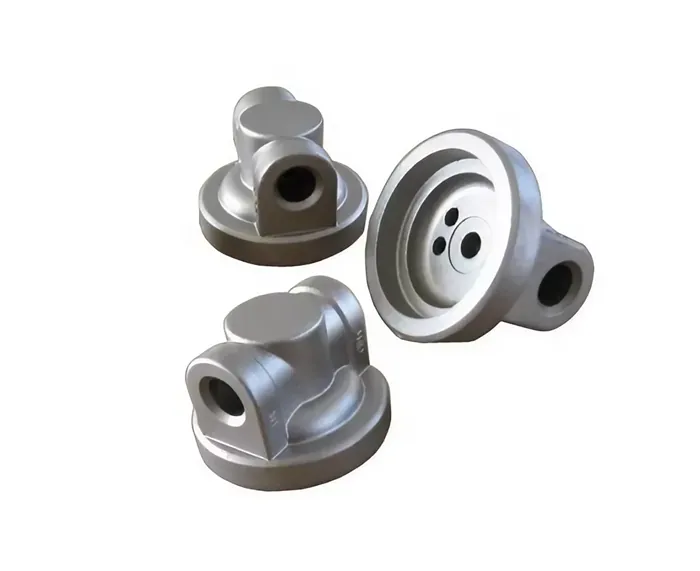
Why SAIVS is Your Trusted Partner for Advanced Precision Casting
IntroductionPrecision casting is a manufacturing process that uses a mold to create a metal part. The mold is made of a material that is easily melted, such as ...

